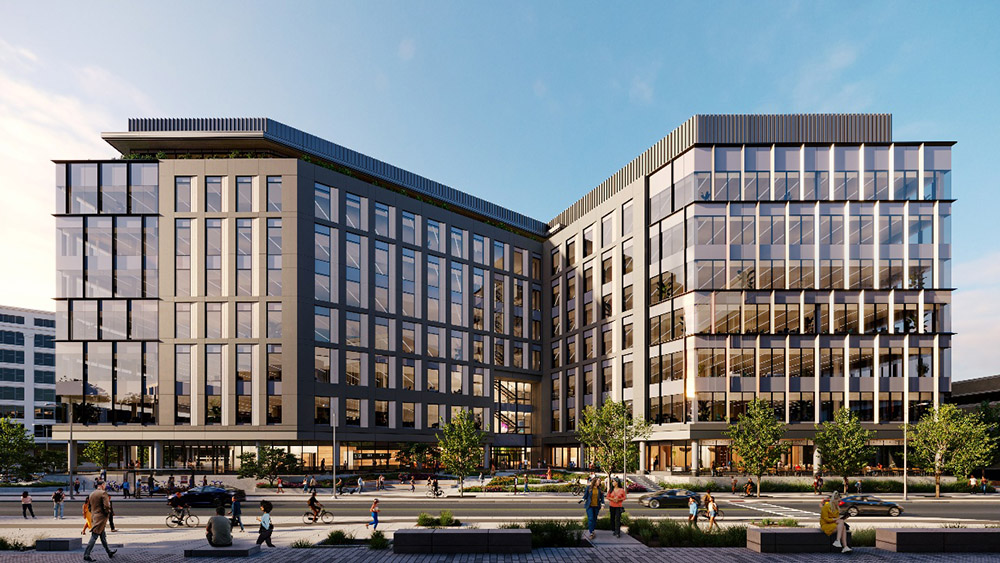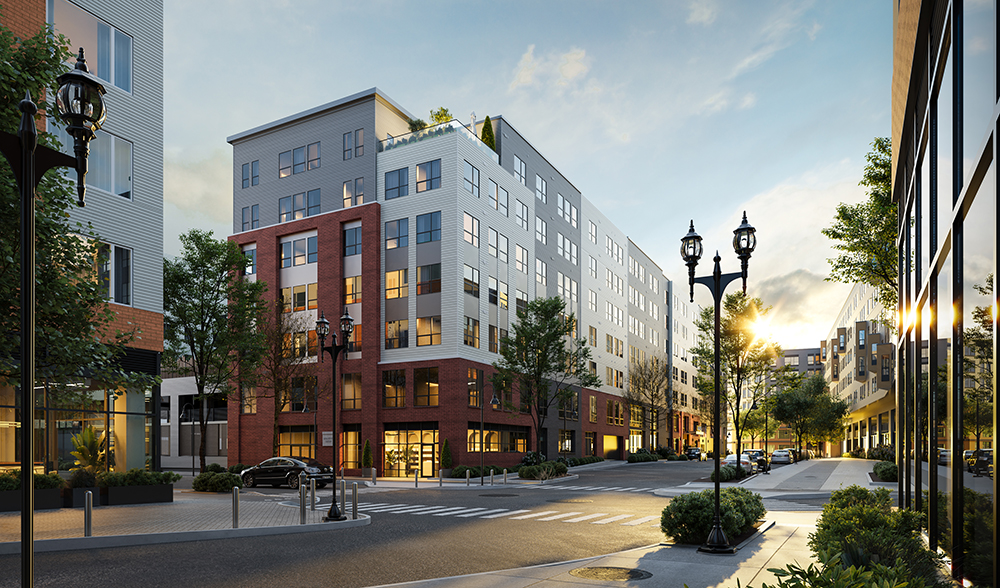News: Owners Developers & Managers
Posted: January 5, 2012
The technology, contracts and teamwork of IPD
Integrated Project Delivery (IPD) crops up with frequency in conversation among facility planners and managers and those who work with them, yet questions remain. Is it just like design-build? Is it only applicable in California? Is it only suited for very large projects? Wikipedia provides a useful warm-up definition that gets at the origin of the current trend: "IPD combines ideas from integrated practice and lean construction to solve several problems in contemporary construction such as low productivity and waste, time overruns, quality issues, and conflicts during construction among the key stakeholders of owner, architect and contractor." Rarely do people mention IPD without pairing it with BIM, building information modeling, because BIM technology allows exceptional information collaboration and productivity between the project participants using IPD.
The Wikipedia definition continues, "Unlike the design-build project delivery method which places the contractor in the leading role on a building project, IPD represents a return to the 'master builder' concept where the entire building team including the owner, architect, general contractor, building engineers, fabricators, and subcontractors work collaboratively throughout the construction process." IPD brings all participants together from the outset to focus on the end goal - with contractual, collaborative incentives to build in value for the owner. In other words, so that everyone works side by side and all are focused on measurable savings in time and cost.
Here in the Northeast, there are a select few IPD projects underway in the healthcare sector. IPD was set in motion on the MaineGeneral Medical Center (MGMC) New Regional Hospital project in the summer of 2010 and construction began in September 2011. The Owner, Architect/Engineer, and Contracting teams, signatories to the shared IPD agreement, including "at risk" provisions, have so far spent more than a year collaborating to develop a truly integrated approach to the design and construction process.
Recently, and fairly soon after groundbreaking, the senior management team, project management team, and the 'risk-sharing' subcontractor teams dedicated a day and a half to team building by conducting an analysis of the process' strengths, weaknesses, opportunities, and threats (commonly known as a SWOT analysis). In a trusting and collaborative forum, the group took stock of successful outcomes, explored important lessons learned, and sought out areas that could be further optimized.
Howard Ashcraft, Esq., the meeting's facilitator and a leading legal expert on IPD, set the stage by stating that the willingness to undertake a SWOT analysis at this juncture indicated a healthy process is indeed in place. One salient point shone throughout the analysis: the team's ability to put project mission over and above individual goals. This sense of purpose has been achieved through hard work, collaboration, trust and thorough communication. The project management team reported that documentation efficiencies as well as cost and schedule savings are the inspiring results of early subcontractor involvement in the design phase.
Chuck Hays, chief executive officer of MGMC and a senior management team member, identified 'the strong team' as this project's most valuable attribute. Besides modern technology and innovative contracts, deep teamwork is an additional, positive outgrowth of building projects that come to be through IPD.
If you are interested to hear more about this truly local IPD story directly from the owner, architect, and contractor teams, attend IFMA's special event on February 2nd, "IPD in Action: The New MaineGeneral Regional Hospital."
To register for this event visit: www.ifmaboston.org.
Stacey Yeragotelis, LEED AP, contributing columnist.
MORE FROM Owners Developers & Managers
Mount Vernon Co. acquires John Carver Inn & Spa in Plymouth, MA
Plymouth, MA The Mount Vernon Company (MVC), a Boston-based real estate and hospitality investment firm, has completed the acquisition of the John Carver Inn & Spa, an 80-room property.
Columns and Thought Leadership

Selecting the right façade installation firm - by Steven Powell
As the owner of a major new property being developed, or an existing large building preparing for major renovation, you want your design and construction team to have the right experience, capabilities, and expertise to match the project demands. A critical member of this team will be the façade installation specialty firm, since the quality of this installation will impact

Recently passed legislation creates opportunities to meet CT’s changing energy needs - by Klein and Feinn
For decades, New England has had a summer-peaking power system, where the greatest energy use occurs on the hottest and most humid days, due to widespread use of air conditioning. But by the mid-2030s, electrification of the heating sector likely will result in a winter peak that’s higher than the summer peak.

IREM President’s Message: Fostering community connections during the holiday season
The holidays are again taking center stage, and with them comes an opportunity for multifamily communities to connect with the businesses and organizations in their cities and towns, fostering a sense of unity and generosity during this giving season

.png)





.png)

